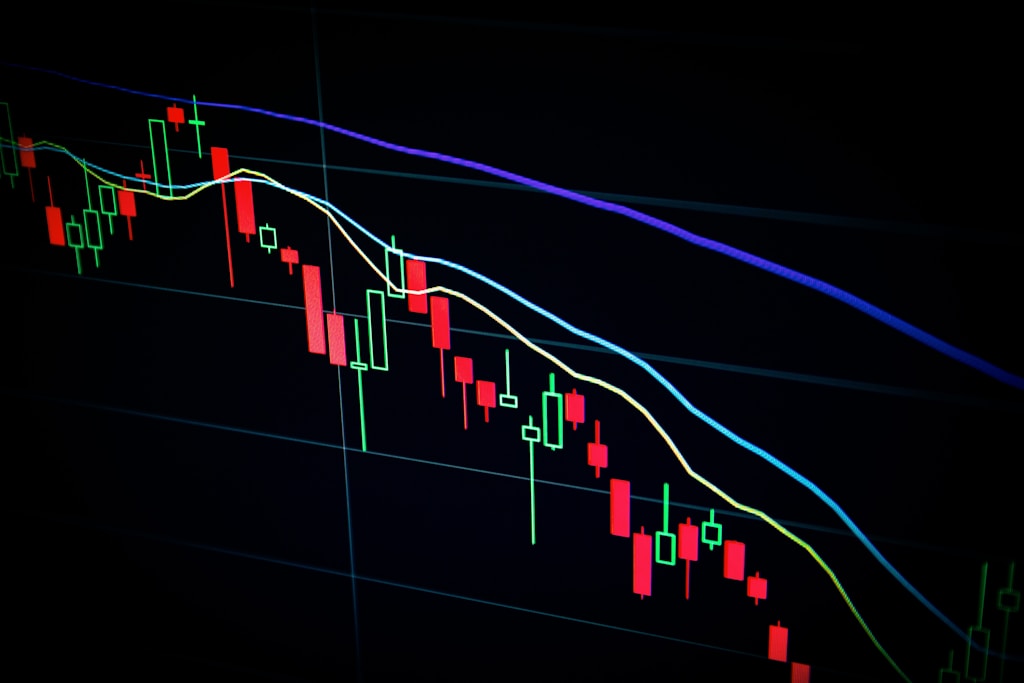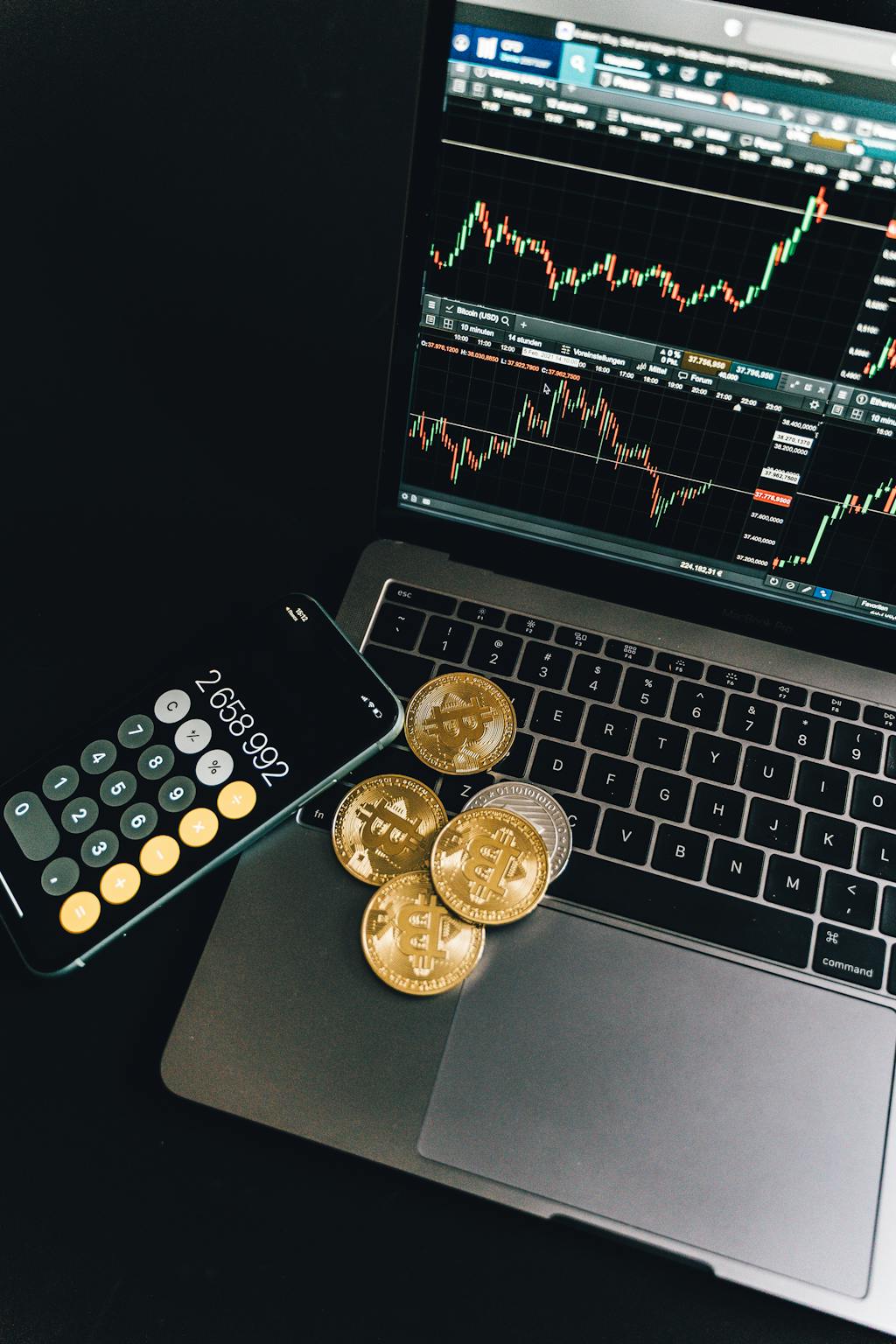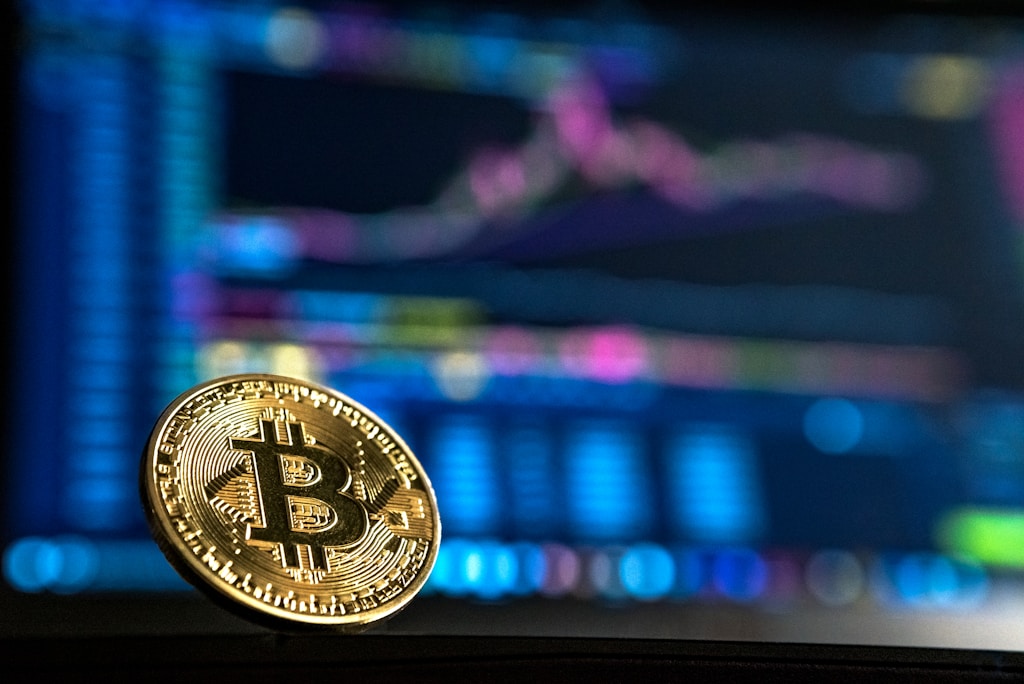In a groundbreaking development for the cryptocurrency industry, the U.S. Securities and Exchange Commission (SEC) has signaled a major shift in its stance toward decentralized finance (DeFi) and self-custody solutions. This policy evolution could reshape the regulatory landscape for digital assets in 2025 and beyond.
SEC Chairman Paul Atkins made waves at the agency’s final Crypto Task Force Roundtable by declaring self-custody a “foundational American value” and announcing plans for a dedicated DeFi innovation exemption. This announcement follows the SEC’s recent pro-DeFi initiatives that have been gaining momentum in the regulatory sphere.
Key Implications for the DeFi Ecosystem
The SEC’s new approach could catalyze several important developments:
- Simplified regulatory compliance for DeFi protocols
- Increased institutional participation in decentralized markets
- Enhanced innovation in self-custody solutions
- Greater clarity for U.S.-based DeFi developers
Emerging Winners in the New Regulatory Landscape
Three projects are particularly well-positioned to benefit from this regulatory shift:
1. Best Wallet Token ($BEST)
Currently priced at $0.025155, Best Wallet Token represents a strategic play in the self-custody space. With over $13.1M raised and strong technical fundamentals, $BEST could see significant growth as regulatory clarity emerges.
2. SUBBD Token ($SUBBD)
At $0.055625, SUBBD’s AI-powered content monetization platform stands to benefit from the new regulatory framework. The project has already secured $642K in presale funding and offers innovative creator-focused solutions.
3. Dogwifhat ($WIF)
Trading at $1.06 with an 18.5% monthly gain, $WIF demonstrates how even meme coins can thrive in a more regulated environment when backed by strong community engagement and exchange support.
Market Impact and Future Outlook
This regulatory shift coincides with broader market momentum, as evidenced by recent cryptocurrency price surges. The combination of regulatory clarity and market strength could create favorable conditions for sustained growth in the DeFi sector.
FAQ Section
What is the SEC’s innovation exemption for DeFi?
The innovation exemption is a regulatory framework designed to reduce compliance barriers for DeFi platforms while maintaining investor protection standards.
How does this affect existing DeFi protocols?
Existing protocols may benefit from clearer regulatory guidelines and potentially easier paths to compliance in the U.S. market.
What’s the timeline for implementation?
While specific dates haven’t been announced, the SEC is expected to release detailed guidelines in the coming months.
Disclaimer: This article does not constitute financial advice. Always conduct thorough research before making investment decisions.







